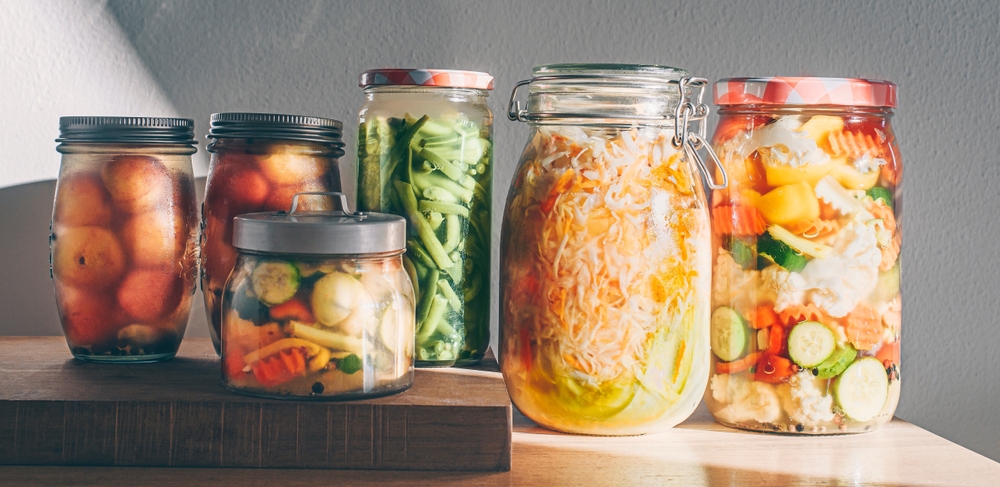How seasonal ingredients shape menus across regions
Seasonal ingredients steer what appears on plates around the world, linking climate, culture and supply chains. This short overview highlights how local harvesting cycles, preservation techniques and culinary traditions influence menu choices and the dining experience in different regions.

Seasonal ingredients are a practical and cultural compass for menus, guiding cooks and diners through cycles of abundance and scarcity. Across regions, chefs and home cooks respond to what’s fresh, affordable and flavorful, adjusting recipes and techniques to highlight ingredients at their peak. This creates a rhythm in cuisine that reflects climate, agricultural practices and local tastes, while also shaping sourcing, preservation and hospitality patterns.
How do seasonal ingredients shape cuisine and flavors?
Seasonal produce defines the dominant tastes of a region: bright greens and herbs in spring, ripe fruits and tomatoes in summer, root vegetables and hearty greens in autumn and preserved items in winter. When ingredients are at their peak, flavors concentrate and textures improve, which allows simpler recipes to shine. Regional cuisine often evolves around these cycles, producing characteristic dishes that become identifiable markers of place and time. Menus change with the seasons to showcase peak flavors, reduce reliance on heavy seasoning, and celebrate local harvests.
What role does sustainability play in sourcing?
Sourcing seasonal items locally supports shorter supply chains, lower transport emissions and fresher ingredients for restaurants and markets. Sustainability considerations influence menu planning: chefs prioritize producers who use regenerative practices, reduce waste, and respect biodiversity. Seasonal sourcing can also spread demand across a broader range of crops and producers through the year, helping stabilize local economies. In hospitality, transparent sourcing stories—where and how ingredients are grown—are increasingly part of menu narratives that connect diners to regional ecosystems.
How do preservation and fermentation affect menus?
Preservation techniques extend the life of seasonal bounty and enrich culinary traditions. Fermentation, pickling, smoking and curing convert peak-season produce into pantry staples that flavor winter menus or add complexity year-round. Fermented foods bring acidity, umami and depth to dishes, while other preservation methods maintain nutrition and reduce waste. Chefs often incorporate preserved ingredients to recall seasonal origins, balancing freshness with the layered tastes and textures that preservation creates across different regional cuisines.
How does nutrition influence recipes and cooking methods?
Seasonal eating often aligns with nutritional needs: lighter, hydrating foods in hot months and calorie-dense items in colder seasons. Cooking techniques change accordingly—grilling and quick sautés preserve freshness, while slow braises and stews make use of tougher cuts and root vegetables. Recipes evolve to optimize nutrient retention and palatability; for example, minimal cooking preserves vitamins in spring greens, whereas long cooking can free nutrients in legumes and grains during cooler months. Menu designers consider these patterns to offer balanced, seasonally appropriate options.
How do pairing and gastronomy drive menu decisions?
Pairing seasonal ingredients with complementary elements—acids, fats, herbs, and starches—creates cohesive gastronomic experiences. Chefs use seasonality to build tasting menus that move through a region’s flavor palette: citrus and seafood pairings in coastal summers, earthy mushrooms with game in autumn, or fermented condiments with plant-based mains in winter. Gastronomy blends science and creativity, leveraging seasonal chemistry to heighten aroma, mouthfeel and overall satisfaction while respecting traditional flavor combinations that evolved locally.
How do streetfood and hospitality reflect regional seasonal sourcing?
Streetfood vendors and hospitality venues often mirror the most immediate effects of seasonality, responding quickly to market availability. Streetfood stalls may feature a rotating list of offerings tied to daily harvests, while hotels and restaurants adjust buffets and a la carte menus to showcase local produce. This adaptability keeps costs manageable and menus authentic; hospitality professionals rely on seasonal sourcing to deliver freshness and to tell a regional story through everyday dishes that are accessible to residents and visitors alike.
Seasonal ingredients are more than ephemeral menu items; they are a lens onto regional culture, ecology and economy. By shaping flavor trends, informing preservation and cooking techniques, and guiding sourcing choices, seasonality creates a dynamic interplay between producers, chefs and diners. Menus that respect seasonal cycles tend to reflect regional identity more clearly, support sustainability goals, and offer nutritional variety through the year. Whether in a neighborhood street stall or a formal dining room, seasonal thinking helps translate local abundance into memorable cuisine that changes with the calendar.





